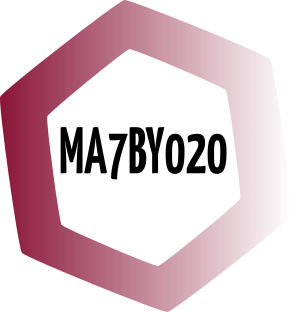Week 1
Introduction to Data Exploration using R
- Session I Olympe de Gouges (163) Wednesday 13h30-15h
- Session II Sophie Germain (2012) Friday 9h00-10h30
- Calendar
Labs
We worked on the next two labs (solutions )
- Lab 1 - Introduction to R and RStudio
- Lab 2 - Introduction to Data Visualization using Gapminder dataset
We used Rstudio, created and initialized a dedicated R project (without git and renv). We installed packages tidyverse, pak and gapminder.
We reconstructed the gapminder demo using ggplot2 and plotly.
We went through several aspects of R following Intro to R. This is an incentive to install packages lobstr and rlang. They can be very hepful when visualizing the data structures that underpin vectors, matrices, lists, and data frames.
Further work
Review the content of the two labs. Work out every part you do not already know. Report an issue if you are unhappy with the proposed solutions/hints.
Further reading
- The
ggplotbook Rfor data science- Data visualization
- Transform
- Logical vectors
- Numbers
- Factors
- Missing values
- Functions
- Iteration
- A field guide to base R
- Advanced
R- Names and values
- Vectors
- Subsetting
Logistics
: you will work with the R programming language in this course.
You need either to install R, RStudio and VS Code on your computer, or to use your posit-cloud account.
Install Quarto on your computer to render the .qmd files.
Please follow the instructions here to install R, RStudio, VS Code, and Quarto or to access posit-cloud.
Please activate your ENT account (follow the instructions on Moodle). You will be able to access the PostGres server.
Back to Agenda ⏎
